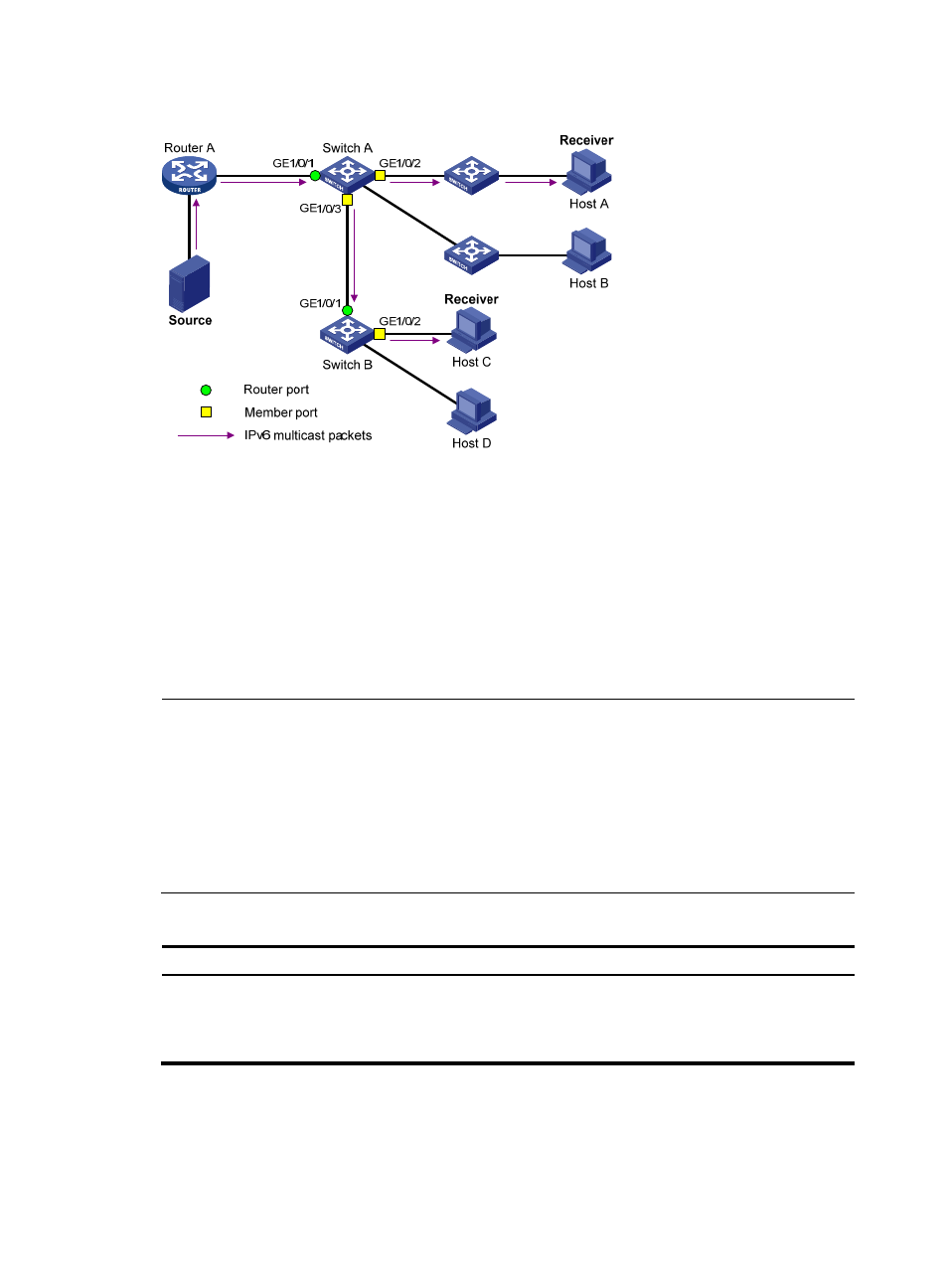Figure 68 – H3C Technologies H3C S10500 Series Switches User Manual
Page 272

257
Figure 68 MLD snooping related ports
Ports involved in MLD snooping, as shown in
, are described as follows:
•
Router port—A router port is a port on the Ethernet switch that leads switch toward the Layer-3
multicast device (DR or MLD querier). In the figure, GigabitEthernet 1/0/1 of Switch A and
GigabitEthernet 1/0/1 of Switch B are router ports. The switch registers all its local router ports in
its router port list.
•
Member port—A member port (also known as IPv6 multicast group member port) is a port on the
Ethernet switch that leads toward multicast group members. In the figure, GigabitEthernet 1/0/2
and GigabitEthernet 1/0/3 of Switch A and GigabitEthernet 1/0/2 of Switch B are member ports.
The switch registers all the member ports on the local device in its MLD snooping forwarding table.
NOTE:
•
Whenever mentioned in this document, a router port is a router-connecting port on the switch, rather
than a port on a router.
•
Unless otherwise specified, router/member ports mentioned in this document include static and
dynamic ports.
•
On an MLD snooping-enabled switch, the ports that received MLD general queries with the source
address other than 0::0 or IPv6 PIM hello messages are dynamic router ports. For more information
about IPv6 PIM hello messages, see the chapter “IPv6 PIM configuration.”
Aging timers for dynamic ports in MLD snooping and related messages and actions
Timer Description
Message before expiry Action after expiry
Dynamic router
port aging timer
For each dynamic router port,
the switch sets a timer initialized
to the dynamic router port aging
time.
MLD general query of
which the source address
is not 0::0 or IPv6 PIM
hello.
The switch removes this
port from its router port
list.